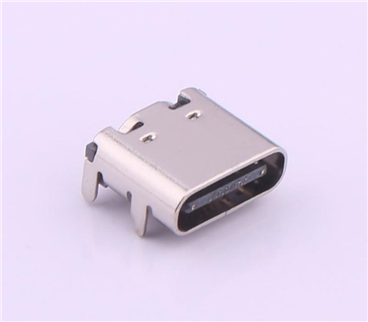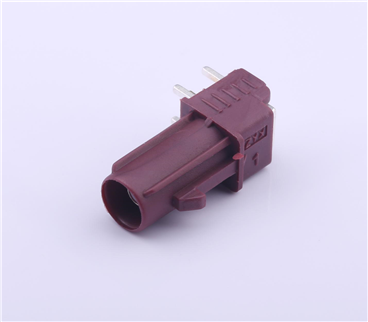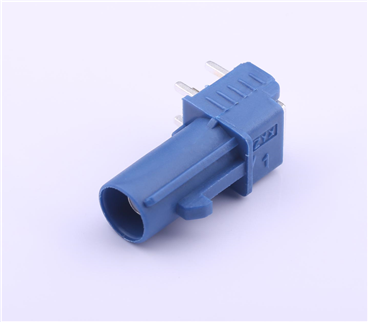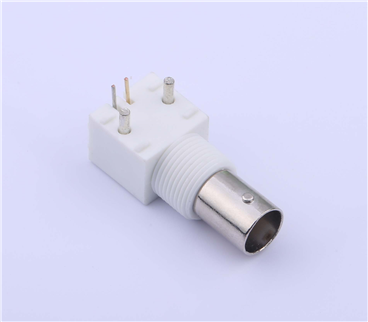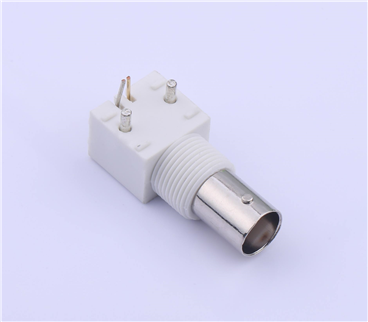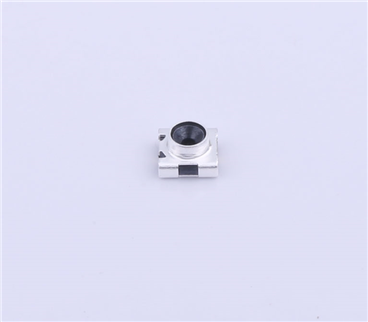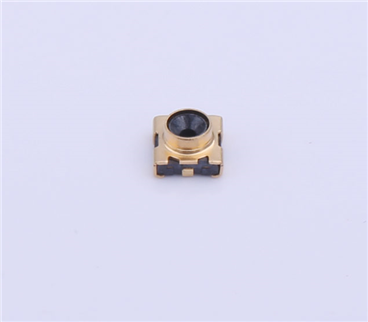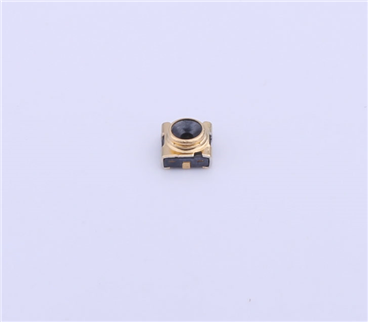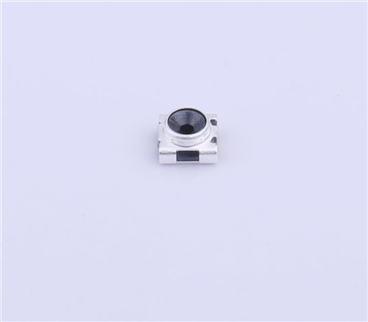Service hotline
+86 0755-23615795
Release date:2025-06-24Author source:KinghelmViews:39
A coaxial cable is a commonly used transmission line primarily designed for carrying high-frequency electrical signals. Below is a detailed introduction to its structure, working principle, characteristics, and applications.
Structure
Center Conductor: Located at the core of the coaxial cable, the center conductor is typically a metal wire responsible for transmitting current and signals. It is usually made of high-conductivity metals such as copper or silver-plated copper to minimize signal loss during transmission.
Insulation Layer: Surrounding the center conductor, the insulation layer isolates it from the outer conductor, preventing current leakage and signal interference. It is typically made of low-loss, high-dielectric constant materials such as polytetrafluoroethylene (PTFE) or polyethylene (PE).
Outer Conductor: Also known as the shielding layer, the outer conductor is usually a layer of metal mesh or foil that encases the insulation layer and center conductor. Its purpose is to provide an equipotential reference surface, creating an electromagnetic shielding environment that reduces external electromagnetic interference on the center conductor while also preventing internal signal radiation leakage.
Outer Jacket: The outermost protective layer of the coaxial cable is designed to shield the internal structure from environmental factors such as mechanical damage, moisture, and corrosion. It is typically made of wear-resistant, corrosion-resistant, and insulating materials like polyvinyl chloride (PVC) or polyurethane (PU).
Working Principle
A coaxial cable transmits signals using the electric and magnetic fields formed between the center conductor and the outer conductor. When a signal is transmitted through the center conductor, an electric and magnetic field is generated between it and the outer conductor. These electromagnetic fields propagate along the cable’s axis, constrained by the insulation layer. Due to the shielding effect of the outer conductor, the electromagnetic fields remain confined within the cable, minimizing signal leakage and external interference. This ensures efficient and stable signal transmission.
Characteristics
High Bandwidth: Coaxial cables can transmit signals across a wide frequency range, from low frequencies to microwave frequencies, making them suitable for various communication and electronic applications that require high transmission bandwidth.
Low Signal Loss: With proper design and usage, coaxial cables exhibit relatively low signal transmission loss, maintaining signal quality and strength while minimizing attenuation and distortion.
Strong Interference Resistance: The shielding effect of the outer conductor provides excellent protection against electromagnetic interference (EMI) and radio frequency interference (RFI). This ensures signal stability and reliability by preventing external electromagnetic fields from affecting the transmitted signal while also reducing interference to surrounding equipment.
Applications
Communication Field: In wired communication, coaxial cables are widely used in cable television (CATV) systems to transmit television signals from the source to end-users. In wireless communication, they are used to connect base station antennas and RF equipment, ensuring efficient RF signal transmission between antennas and base station devices.
Electronic Devices: Coaxial cables are employed in radar systems, satellite communications, microwave testing equipment, and other electronic devices to connect functional modules and transmit high-frequency signals, ensuring proper device operation.
Data Transmission: In scenarios requiring high-speed data transfer, such as coaxial Ethernet, coaxial cables facilitate digital signal transmission, enabling communication between computers and other data-processing devices.
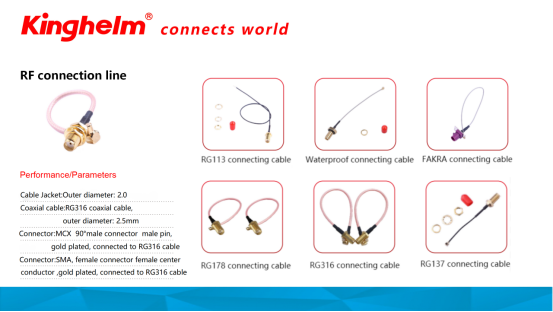
About Kinghelm
Kinghelm is a leading provider of high-quality electronic components,including RoHS-compliant antennas, wires, plug-ins, switches, and connectors. With over 17 years of experience, the company serves industries including automotive, telecommunications, industrial automation, medical devices, and consumer electronics. Kinghelm is known for its durable, reliable components that meet international standards and are used in applications ranging from renewable energy to IoT devices.
